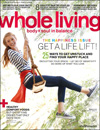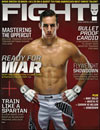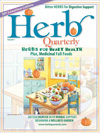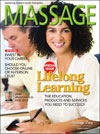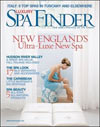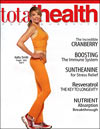Eye-opening
Do you keep your eyes open or shut -- or somewhere in between -- when you practice Reiki?
It was during the actual “table time” itself that has caught my attention and reflection since then. I have been fortunate to receive training from a very dedicated and focused Reiki Teaching Master who I think would prefer to stay anonymous, so I will honor that intention. She has instilled in me the wisdom of utilizing all our resources to support someone’s process. I am speaking specifically about using the eyes as a means of transmitting Reiki. I leave my eyes open when working with someone else. I know this has become rare these days in the Reiki community but I have had enough experience to convince me of its merits. In fact, I consciously ask for Reiki to flow through the eyes, belly, root and feet, as well as the hands. Why place limits on Reiki? I find using all three eyes increases the intensity of the energy. My experience is that the eyes are more powerful than the hands, almost without exception. The energy tends to be cleaner and tighter. I know others access their eyes during Reiki counseling, I do not understand why it is not consciously included during hands-on work. That is none of my business. I do what I do because it has been effective for me, and those I have been fortunate to pass on Reiki Teachings.
Another added benefit besides the increased energy is increased focus. My experience has been that I am more present and focused when I look at whom and where the energy is directed. My whole Self is present. I do not drift and space out as much as I used to with my eyes closed. I do not get lost in my own stuff, or get caught up in things that I do not need to be getting involved in when working with someone else. Like most Reiki Practitioners, I take our responsibility serious and try my best to honor and respect those who have been sent our way. I feel if I can stay present even a pinch more, it is worth my effort.
A third reason I appreciate working with my eyes open is the added opportunity to “see” the physical effects of the session. Seeing their breathing slow, the body relax, eyes stop twitching, belly rising and lowering naturally and all the other physical signs that I missed with my eyes closed. Since I first received Reiki Attunements and training, I have sensed what other’s process and systems functioning. This is an inner process and supports the core of Reiki for me. I am grateful I have been guided to not stop there and include visual evidence of what is happening as well. Again, why limit the possibilities? I do not say this from the perspective that I do not have enough faith in Reiki to do what it needs to do. Like most of us, I have experienced and witnessed shifts, changes and transitions that cannot be accurately described due to their at times miraculous nature. Reiki has changed my life and I have significantly more Faith in Reiki than myself. That is why I want to give myself every opportunity to stay focused, present, engaged and aligned with the Reiki lineage as much as possible. Reiki is an honor and I want to embrace that honor to whatever lengths I can. I know there have been questions and conversations about how much intention matters in Reiki, but my experiences to date strongly support the power of intention and its effectiveness. If my intention is to include my whole body and being in the process, how can it not increase the effectiveness of the process for all involved? If folks ask for Reiki to pass through their hands, why stop there?
This is not to judge or disrespect any other method that we practice as Reiki Practitioners; I am just sharing my experiences. This reflection came about from this Reiki Meet Up I participated in when folks were sharing about their process and how they didn’t know where their hands were, or where other’s hands were, etc. Keeping our eyes open and still maintaining our connection to the Source of Reiki seems a positive way to support our work. I hope for those who give it a try find the same positive effects that I have experienced.
Peace and love,
michael




















